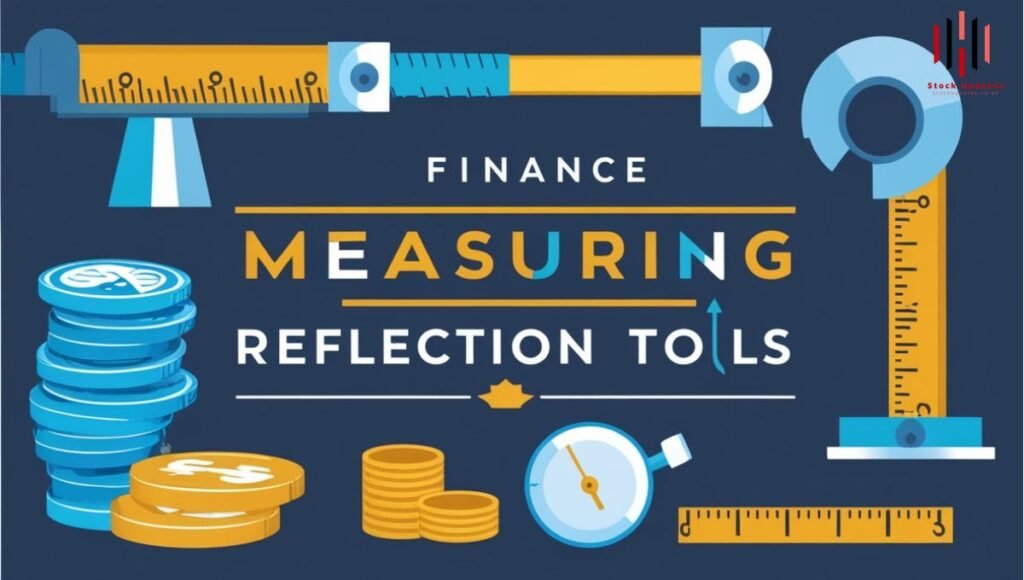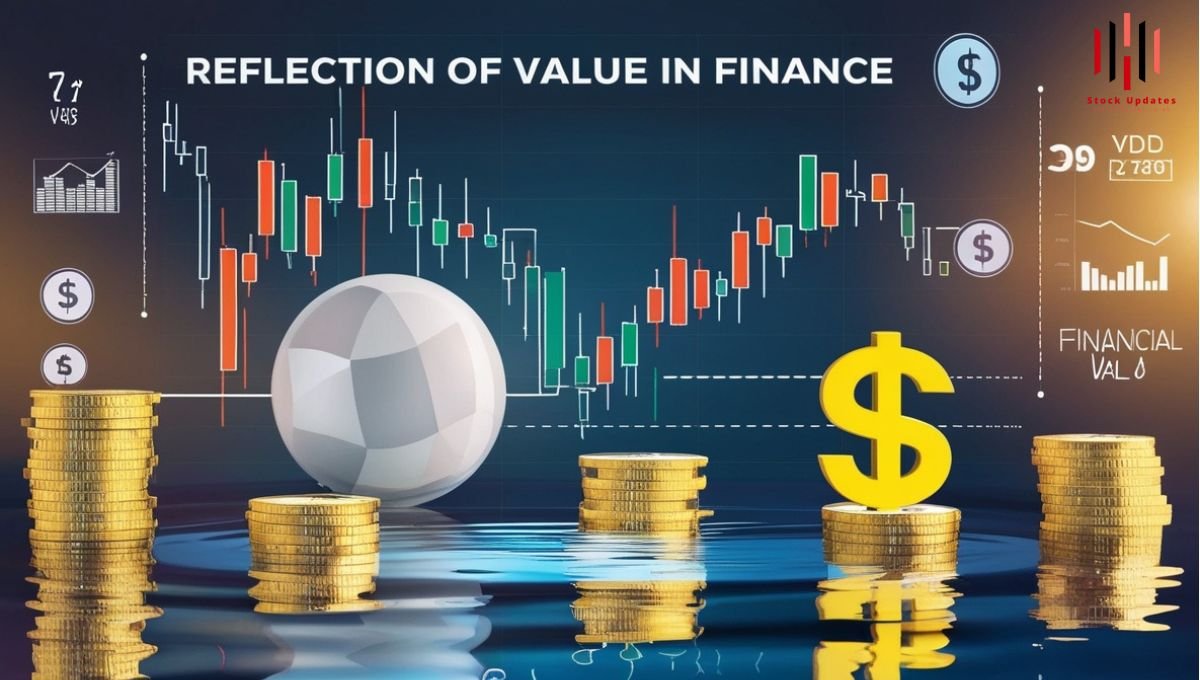Reflection of Value in Finance: About the Basics
Reflection of Value in Finance Nowadays it would, perhaps, be impossible to find a single financier or economist that does not refer to the concept of value. In any topic in the context of investments, corporate decisions, or personal and household Reflection of Value in Finance management, the concept of reflection of value can be seen as a strong determinant of every aspect of the economy. As put simply, value represents the value accorded to an asset, security or entity and is influenced by a host of factors ranging from perceptions in the market to intrinsic attributes to conditions in the market and beyond. In this blog ,I seek to unravel the intricacies of Value reflection in finance by presenting and explaining its relevance, components and actuality.
The Concept of Value in Finance
Broadly, it can be classified into intrinsic value and market value:
1. Intrinsic Value
More of an orthodox value constituent of an asset based on identified parameters which include the probable future cash flows, earnings and risks associated with an investment. While using intrinsic value, it may be necessary to analyze and estimate the overall value because it usually differs from today’s stock prices.
2. Market Value
This is the cost an asset can be purchased at from other investors in the market place. It is set using demand and offer principles and is an aggregate of participants’ opinions on a certain market.
It is very important to fully comprehend the relationship between these two Spanish values.
Key Elements Affecting Value in Finance
In finance, value is not constant; instead, it changes depending on one factor or another. These include:
1. Economic Conditions
Interest rates and other factors lead to the gradual rate at which money starts to lose purchasing power and control how appealing investments are.
2. Company Performance
It is for that reason that parameters such as revenues, the net profit margin and any efficiency ratios have an effect on the value of shares a company issues to the public.
3. Market Sentiment
The information affecting stock markets comprises emotions or perceptions caused by news or events, making market price significantly deviate from the intrinsic value.
4. Regulatory Environment
These changes include taxation policies, monetary policies, policies directed to specific industries and sectors enhance or erode the value of assets.
5. Technological Advancements
Technological revolutions can create value opportunities within industries and eliminate the value that has been associated with companies with obsolete technologies.
6. Risk Factors
Factors which might disrupt those relationships include political changes, natural disasters or any other unpredictable circumstances that may bring fluctuations and hence affect values.
Measuring Reflection Tools

Reflection of Value in Finance professionals use one or the other technique to evaluate and express worth. Some of the widely used approaches include:
1. Discounted Cash Flow (DCF) Analysis
This method evauates the present value of the future expected cash inflow in terms of risk.
2. Price-to-Earnings (P/E) Ratio
The most frequently applied ratio that serves as the measure to compare the value of stocks with the companies’ earnings.
3. Net Present Value (NPV)
Applied to the evaluation of projects with a view of ascertaining whether the cost of investment is overshadowed by the returns.
4. Market Comparable
All the time, professionals use comparisons to similar properties to assess the current market value.
5. Technical Analysis
These tools enable projection of future prices, eliminating any consideration of intrinsic value of the security and emphasizing its market characteristics.
Value Levels in Various Financial Environments
1. Investments
While doing investment, you should understand that value is the key in investment. It is the investors’ objective to acquire goods for less than the cost they are selling them for. By far the best known adage, “Buy low, sell high” points straight at to value reflection.
For example:
| Investment Type | Key Value Drivers | Tools for Assessment |
| Stocks | Earnings, growth potential | P/E Ratio, DCF Analysis |
| Bonds | Interest rates, credit risk | Yield-to-Maturity, Credit Rating |
| Real Estate | Location, rental income | Cap Rate, Comparable Sales |
| Cryptocurrencies | Utility, adoption rates | Market Sentiment, Blockchain Analysis |
2. Corporate Finance
And for companies, value creation is always the case to aim at. Companies mainly aim to create shareholder value through propositions that include cost leadership, revenue enhancement, and capital management. Economic Value Added (EVA) is just one of several measures that organizations can use in order to evaluate the success of value added beyond the cost of capital.
3. Personal Finance
On personal level, value is one of the most influential factors that influence our choices and decisions. Whether is be selecting the perfect savings account or purchasing a retirement plan, the reflection of value is crucial in getting the most of its resources. For example, choosing a mutual fund with a reasonable expense ratio with consistent record also shows an assessment of value.
Difficulties in Organization’s Value Representation
Despite the tools and methods available, reflecting value accurately is fraught with challenges:
1. Uncertainty
Profiting from the forecast of the future cash flows or market trends is essentially probabilistic in nature.
2. Subjectivity
This makes intrinsic value calculations a subjective affair of trying to impose one’s own assumption about the value of a stock.
3. Market Volatility
Market conditions fluctuate so frequently that it becomes difficult to determine an asset’s real value, which leads to this problem.
4. Information Asymmetry
This implies that access to different levels of information can contribute to variation in perceived value by the various market participants.
Use of Value Reflection in Real World Context

1. Investment Strategies
As shareholders, Warren Buffett and other investors in value stocks use this model for making their decisions. Sifting through the stocks that are not well-estimated has remained Berkshire’s major strength Well understood undervaluation & overvaluation is the foundation of Buffett’s success.
2. Mergers and Acquisitions
Chosen targets are assessed with the goal of revealing their fair value. It is said that valuation can make or mar a business proposition and the above analysis supports this assertion.
3. Credit Analysis
Risk is controlled by determining the value of an asset pledged by borrowers as security and his credit status.
4. Policy Decisions
Reflection of Value in Finance Central banks consider the value when it comes to adjustment of interest rates for stability.
Conclusion
The processes of value reflection in the framework of Reflection of Value in Finance are as much the product of art, as of science. Hard mathematical models and measurable parameters offer more objective solutions for decision makers, while qualitative assessment and market characteristics contribute an extra level of decision making dilemma. It is crucial no matter an investor who looks for becoming wealthy or a businessperson who wishes to expand or an employee who plans his/her financial future.
Read more about Market and other Categories At Stock Updates.
























Post Comment